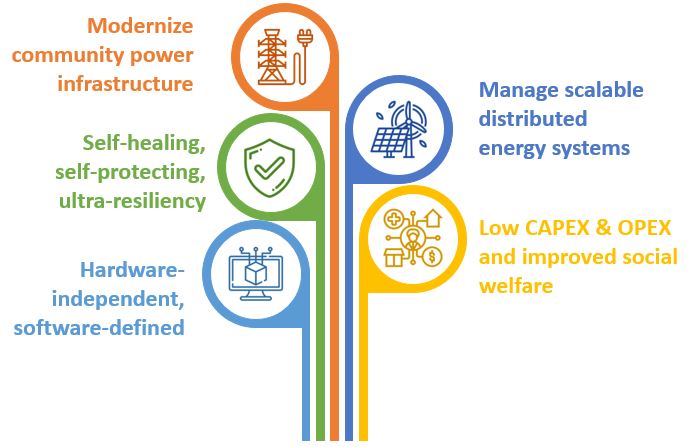$1M Grant from the NSF Convergence Accelerator
Humanity’s reliance on the power grid is increasing with each passing year. As a society, we are lulled into a sense that things will work simply by paying the monthly bill, and when these massive systems break down – as they have after numerous recent natural disasters -- we realize how much being connected to the grid shapes our lives. In the aftermath of repair efforts, we also realize how much work it actually takes to keep the power on.






